Designed by Sam Diescher, son-in-law of the Monongahela's designer John Endres, the Duquesne Incline opened May 20, 1877, as the second of seventeen built and operated in the Pittsburgh area. It has operated with only minor interruptions for the last one hundred years. A preservation group from Duquesne Heights and Mount Washington interceded in 1962 to refurbish this incline to working order. Like the Monongahela, the Duquesne was steam powered and then converted to electric and updated with modern safety devices.
USA
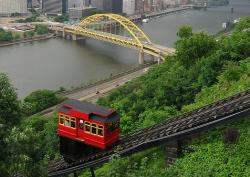
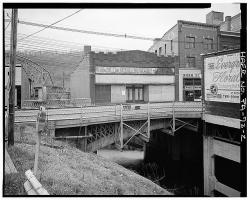
Not only was Dunlap's Creek Bridge the first cast-iron bridge in America, it was the first metal bridge anywhere to use what its builder, Capt. Richard Delafield, U.S. Army Corps of Engineers, described as "standardized, interchangeable, manufactured parts." The bridge was built as part of the federal government's effort to make repairs on the National Road before handing authority over to the states. Dunlap's Creek at Brownsville was an especially troublesome crossing, having destroyed three previous bridges since 1801.

The significance of the 15-mile Whitewater Canal was not in its ability to create a profit, but rather its effect on the economic growth of the Whitewater River Valley, considered the gateway to the interior of Indiana. Before the canal, travel was challenging. Most waterways in Indiana were only navigable by canoe, and the alternative - horse and wagon - was difficult, slow and expensive.
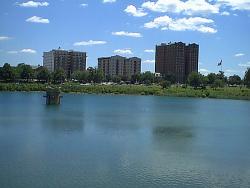
Like other American cities in the late 19th century, Baltimore had grown so quickly its supply system was unable to provide city residents with a dependable supply of water. Two reservoirs built outside the city helped increase capacity, but heavy rainfalls in the largely agricultural area tended to foul this additional water supply. City officials elected to construct a holding reservoir within the city - contained by an earthen dam - where silty water would be allowed to settle. No such project had ever been undertaken in the United States.
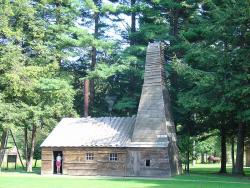
The drilling of this oil well marks the modern phase of the petroleum industry. A series of revolutionary technological changes, unforeseen even by the most prophetic, followed. Drake demonstrated practical oil recovery by applying salt-well drilling techniques, including the use of the derrick, and invented the modern method of driving iron pipe.
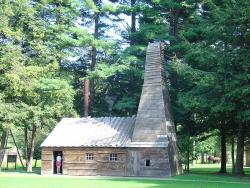
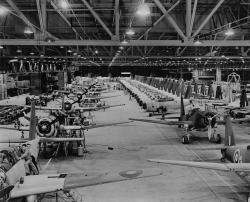
Established in 1929, and owned by several different aviation companies through its history, the Downey site was the design, test, and production site for various airplanes and spacecraft that defined American aerospace accomplishments in the 20th century.

The Dorton Arena was the first use of a cable-supported roof system in the world. Commissioned in 1949 by North Carolina State Fair manager J.S. Dorton, the new building was intended to be a livestock judging pavilion. Architect Matthew Nowicki (1910 - 1950) proposed a structure that included a pair of intersecting parabolic arches supported by slender columns around its perimeter with a network of wire cables that supported the saddle-shaped roof.
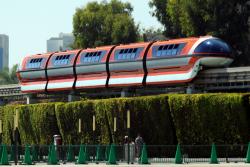
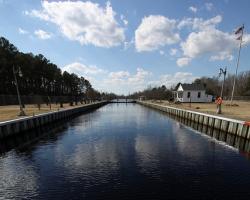
The Dismal Swamp Canal was created as a 22-mile waterway, extending from Deep Creek, Virginia to South Mills, North Carolina. The canal enabled North Carolina producers of building and agricultural products to deliver goods to the Port of Norfolk where they were transferred to ocean-going vessels.


